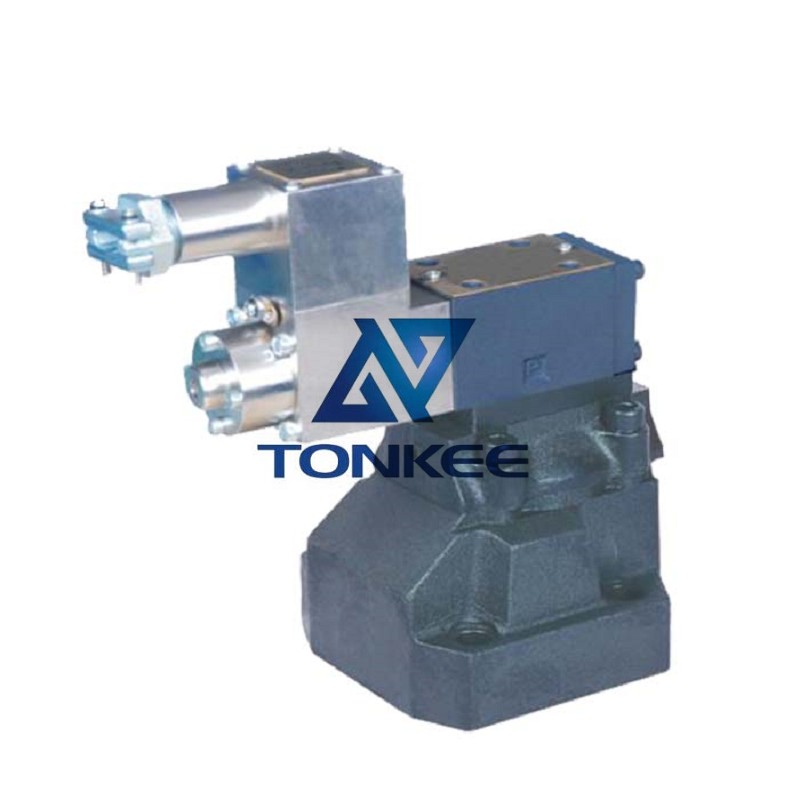
The primary purpose of an explosion isolation solenoid check valve is to prevent the spread of explosions or flame fronts from one part of a process or system to another.
These valves find applications in industries where explosive gases, vapors, or dust are present, such as chemical processing, petrochemical, pharmaceutical, and food processing industries.
Materials and Construction:
These valves are typically constructed from robust materials like stainless steel, brass, or corrosion-resistant alloys to withstand harsh industrial environments. The choice of material depends on the specific application and the nature of the fluids or gases being handled.
Valve Type:
Explosion isolation solenoid check valves are usually of the spring-loaded poppet type. The spring ensures that the valve remains closed during normal operation to prevent backflow, and it opens when the solenoid is energized.
Explosion-Proof Design:
These valves must meet stringent safety standards for explosion-proofing. They are often certified according to international standards like ATEX or IECEx, ensuring that they can safely operate in potentially explosive atmospheres.
Flow Capacity:
The flow capacity of the valve should be specified to match the requirements of the system.
It is typically measured in cubic meters per hour (m³/h) or gallons per minute (GPM).
Pressure Rating:
The valve should have a specified pressure rating to ensure it can handle the maximum pressure that may be encountered in the system. Pressure ratings are usually indicated in bars or psi.
Temperature Range:
These valves must operate within a specified temperature range to maintain their integrity and functionality. Temperature limits should be clearly defined for both high and low-temperature conditions.
Solenoid Coil Characteristics:
The solenoid coil used in the valve must be compatible with the electrical supply available in the facility. Voltage, frequency, and power consumption should be stated in the specification.
Response Time:
A critical factor for explosion isolation valves is their response time. They should open rapidly when the solenoid is energized to prevent the spread of explosions. Response times are typically specified in milliseconds (ms).
Manual Override:
In emergency situations or for maintenance purposes, a manual override feature may be included. This allows the valve to be manually opened or closed without electrical power.
Maintenance Requirements:
Regular maintenance is essential to ensure the long-term reliability of these valves. The specification should include recommended maintenance intervals, procedures, and any spare parts required.


